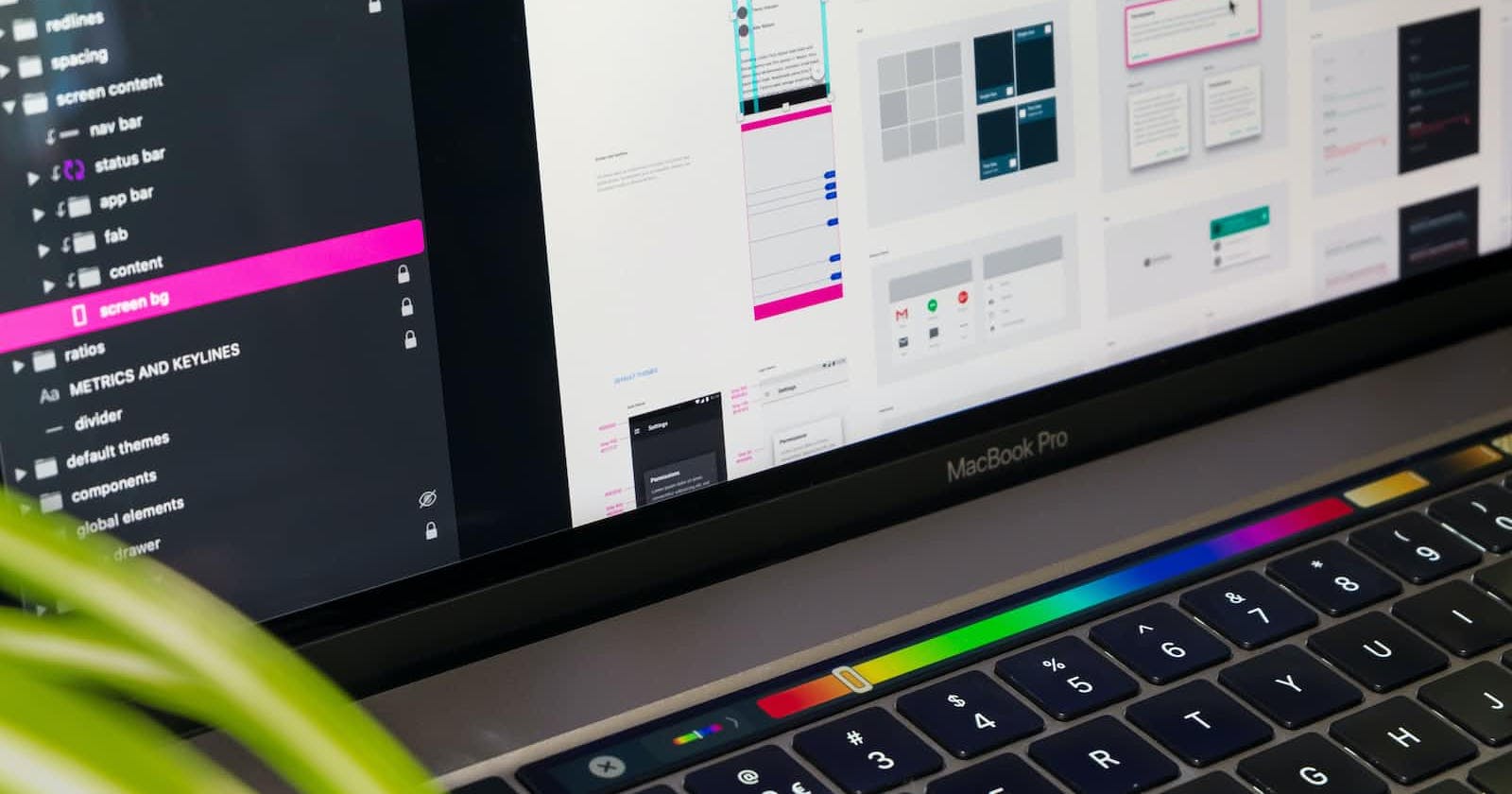Introduction
UX design is the art of creating seamless and user-friendly digital interactions. It goes beyond the surface of what users see on their screens; it encompasses voice-based interfaces, haptics, and more. In this article, we’ll take a journey through the stages of the UX design process, all while adding a touch of humor to make the exploration engaging.
User Research: The Foundation

The first stage of the UX design process is user research. This phase involves gaining a deep understanding of the target audience. Researchers delve into user behavior, goals, motivations, and needs. They also analyze how users currently interact with similar systems, identifying pain points and areas for improvement.
User research serves as the bedrock of UX design, providing designers with insights into user preferences and expectations. Empathy is key in this phase, as designers strive to understand users from diverse backgrounds and experiences.
“Dedicated user researchers even employ their empathy skills to understand why their toasters might have trust issues with their bread!”
The Value of User Research
User research is more than just gathering data; it’s about acting effectively on that data. The insights gained should guide design decisions, ensuring that creations make sense and meet user needs.
For example, imagine designing a product without understanding your users. It’s like trying to write a birthday card without knowing who the recipient is — you might miss the mark entirely.
Information Architecture: Structuring Content

Information architecture plays a crucial role in helping users find what they need within a product. It involves organizing content, labeling, and structuring information for easy navigation and access.
Effective information architecture enhances customer self-sufficiency, reduces support costs, and decreases drop-off rates. Think of it like a well-organized library — imagine the chaos if books were scattered randomly without labels or categories!
Design: Wireframing and Prototyping

With a solid understanding of the target audience, designers move on to the design phase. Here, they create wireframes and prototypes. Wireframes simplify the product’s layout, focusing on element arrangement and functionality. Prototypes are interactive models of the product.
Designers prioritize functionality and usability, considering how users will navigate the product to provide an intuitive experience.
“A well-designed user interface is akin to a good joke: easy to understand, avoids confusion, and leaves everyone with a smile!”
User Testing: Validating the Design
User testing is integral to the UX design process, involving the observation of real users interacting with the product. Usability tests, questionnaires, and interviews provide valuable feedback on usability and functionality.
Testing is not a one-time event but an iterative process. Identifying and addressing issues early allows designers to refine their designs and align them with user expectations.
Continuous Improvement: A UX Mindset
In the ever-evolving field of UX design, the process is never truly finished. Designers should embrace a UX mindset, continually seeking to understand the world from the users’ perspective. This ongoing conversation ensures that design decisions are grounded in user insights.
This journey may seem like a never-ending story, but instead of dragons and knights, we’re battling clunky interfaces and confusing layouts. Our hero is the user experience designer, armed with empathy and a deep understanding of user needs, ready to slay usability dragons and create delightful journeys for users.
Conclusion
The UX design process is a dynamic journey with the user at its core. Through the stages of user research, information architecture, design, and user testing, designers craft experiences that resonate with users. This process is a continuous loop, ever-evolving and refining.
In this journey, designers don’t just create products; they craft stories that unfold as users interact with them. Each design decision, each element, is a piece of this narrative. With empathy as their guiding light, designers strive to make these stories not only functional but also delightful.
UX design is a universal language, spoken by designers worldwide as they work to create seamless, user-centric experiences. It’s a collaborative effort, a shared commitment to improving the digital landscape, one interaction at a time. This process, like the digital world it shapes, is ever-evolving, with no final destination, only the next chapter waiting to be written.

